Introduction to Pitru Paksha
Pitru Paksha, also known as Shraadh or Pitri Paksha, is a profoundly significant period in the Hindu calendar, dedicated to paying homage to one’s ancestors, often referred to as ‘Pitrs’. This period spans 16 lunar days and typically occurs in the month of Bhadrapada, starting from the full moon day (Purnima) and extending to the new moon day (Amavasya). It is a time deeply rooted in venerating departed souls and ensuring they attain peace and contentment in the afterlife.
Numerous rituals and ceremonies, collectively known as ‘Shradh’, are performed during Pitru Paksha. These observances allow individuals to express their gratitude and reverence for their forefathers, seeking their blessings and absolution. By carrying out these rites, it is believed that one can aid their ancestors in achieving liberation (moksha) and free them from any unfulfilled desires that may impede their peace.
The importance of Pitru Paksha transcends mere tradition, delving deeply into the spiritual aspects of Hinduism. It reinforces the belief in the continued presence and impact of ancestors on the lives of their descendants. By engaging in Shradh rituals, people reconnect with their lineage, acknowledging the contributions and sacrifices made by their forebears.
Practices during Pitru Paksha often include offerings of food, water, and prayers, and are conducted following precise guidelines and rituals handed down through generations. Each day of the 16-day period holds its own significance, with the final day, Amavasya, considered the most auspicious for performing the most vital rites. By understanding and participating in these rituals, individuals uphold an age-old tradition, reaffirming their respect and obligation towards their ancestry.
The Commencement: Purnima Shradh
The first day of Pitru Paksha, known as Purnima Shradh, marks the onset of this sacred fortnight. Observed on the Bhadrapada month’s full moon day, Purnima Shradh holds immense significance in the Hindu tradition. This particular day is especially crucial for individuals whose ancestors passed away during the Purnima Tithi, as it sets the tone for the entire 16-day ritual period devoted to honoring forefathers.
Purnima Shradh involves several key rituals designed to offer solace and peace to the departed souls. One of these is Tarpan, a sacred ceremony where water is offered to the ancestors. This water is often mixed with ingredients like barley, sesame seeds, and kusa grass, each carrying its own symbolic importance. Barley represents nourishment, sesame seeds are believed to expel negative energies, and kusa grass signifies purity and sanctity, essential for appeasing and blessing the ancestors.
In addition to Tarpan, special meals are meticulously prepared and offered to the souls of the dearly departed. These meals usually comprise a variety of delicacies that the ancestors favored during their lifetime, symbolizing our continued love and remembrance. It is a deeply immersive ritual where the almighty is invoked to bestow peace and blessings upon the souls. These food offerings also serve to remind the living of their everlasting connection with their forebears, reinforcing family ties through time and beyond life itself.
Purnima Shradh thus sets a firm foundation for Pitru Paksha, entwining spiritual, emotional, and cultural threads into a solemn tapestry of reverence and familial devotion. This day not only marks the inauguration of the sacred fortnight but also brings together families in honoring their ancestry, underscoring the Hindu belief in the continuous presence and influence of the forefathers in the lives of the living. Through these rituals, devotees express their gratitude and seek divine blessings, hoping to bring peace and elevation to the souls of their ancestors.
Solemn Ceremonies: Amavasya Shradh
Amavasya Shradh, observed on the last day of Pitru Paksha, is regarded as a paramount occasion in Hindu tradition, coinciding with the new moon day. It holds significant importance for individuals who passed away on an Amavasya Tithi, as well as for those who may have been unable to perform the prescribed rituals on their respective Tithis during Pitru Paksha.
On this day, families partake in comprehensive Shradh rituals to show deep reverence and gratitude toward their ancestors. One of the key practices involves Pind Daan, wherein rice balls are offered to the departed souls. This ceremony symbolizes the feeding and satiation of ancestors’ souls, believed to be essential for their peace and spiritual journey. Furthermore, Tarpan is conducted, an offering of water combined with black sesame seeds. This act is thought to help purify and uplift the souls, steering them toward salvation.
Another integral aspect of Amavasya Shradh is feeding Brahmins. As per ancient customs, Brahmins are considered conduits who deliver food and prayers to the ancestors. By offering them meals, one ensures that their ancestors receive the intended reverence and offerings. This practice not only signifies gratitude but also highlights the tradition of selfless giving and community harmony.
Amavasya Shradh is thus a day dedicated to the rites and rituals meticulously aimed at pacifying and honoring the departed. By observing these ceremonies, families seek to derive spiritual blessings that are believed to pave the way for familial well-being and prosperity. In summary, the concluding observances on Amavasya Shradh embody the essence of Pitru Paksha, linking present generations with their ancestral lineage through devotional acts of kindness and remembrance.
Mahalaya Amavasya: The Culmination of Pitru Paksha
Mahalaya Amavasya, also known as Sarvapitri Amavasya, represents the culmination of Pitru Paksha, a significant fortnight in the Hindu calendar devoted to honoring ancestors. This specific day is considered the most potent and auspicious for conducting ancestral rites and rituals. According to traditional beliefs, Mahalaya Amavasya is the moment when the spirits of the departed descend to Earth to receive offerings and blessings from their living descendants.
The rituals undertaken on Mahalaya Amavasya carry profound spiritual significance. Performers believe that they can assure the eternal peace of their ancestors’ souls through these acts. Common rituals include performing Tarpan (the act of offering water mixed with sesame seeds), Pind Daan (the offering of rice balls), and Shraadh (a general term for rites performed in honor of ancestors). These rituals are often carried out by the family’s eldest male, who fasts and maintains strict purification practices.
Furthermore, the day involves special culinary preparations designed to appease the ancestors. Traditional foods that were favored by the departed souls are prepared and offered during the rituals. Following these, the food is distributed among friends, family, and the needy, symbolizing the fulfillment of one’s spiritual and karmic obligations. Such acts of charity align with the teachings of dharma and bring about a sense of emotional and spiritual fulfillment to the living as well as the departed.
The power and importance of Mahalaya Amavasya cannot be overstated. For many families, this day embodies a deeply-rooted cultural and spiritual duty, ensuring that the memories and influences of their ancestors continue to be honoured and cherished. By immersing in these rituals, the living can mitigate any ancestral afflictions and usher in blessings and prosperity for future generations, thus sustaining the unbroken thread of familial heritage and respect.

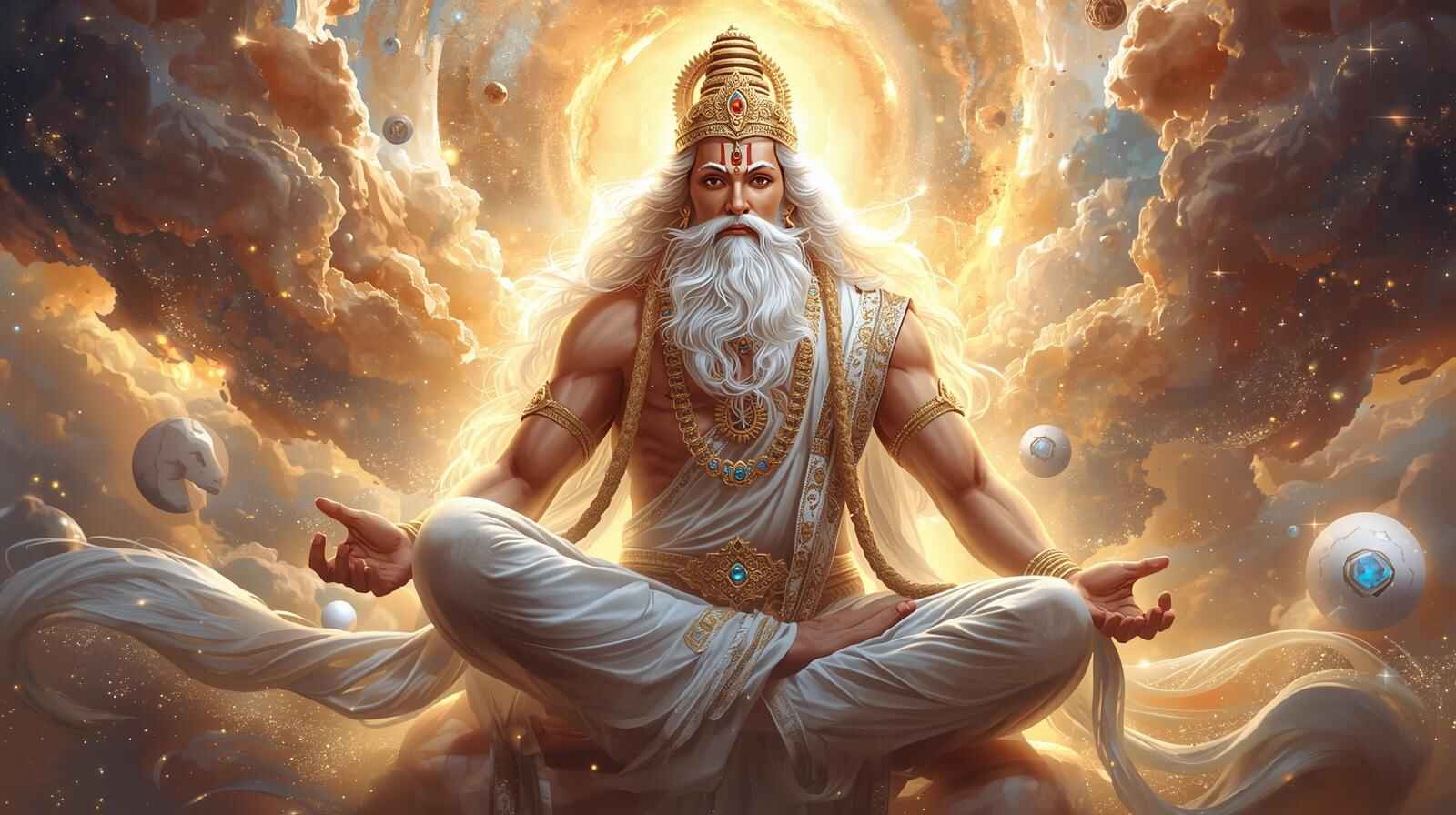
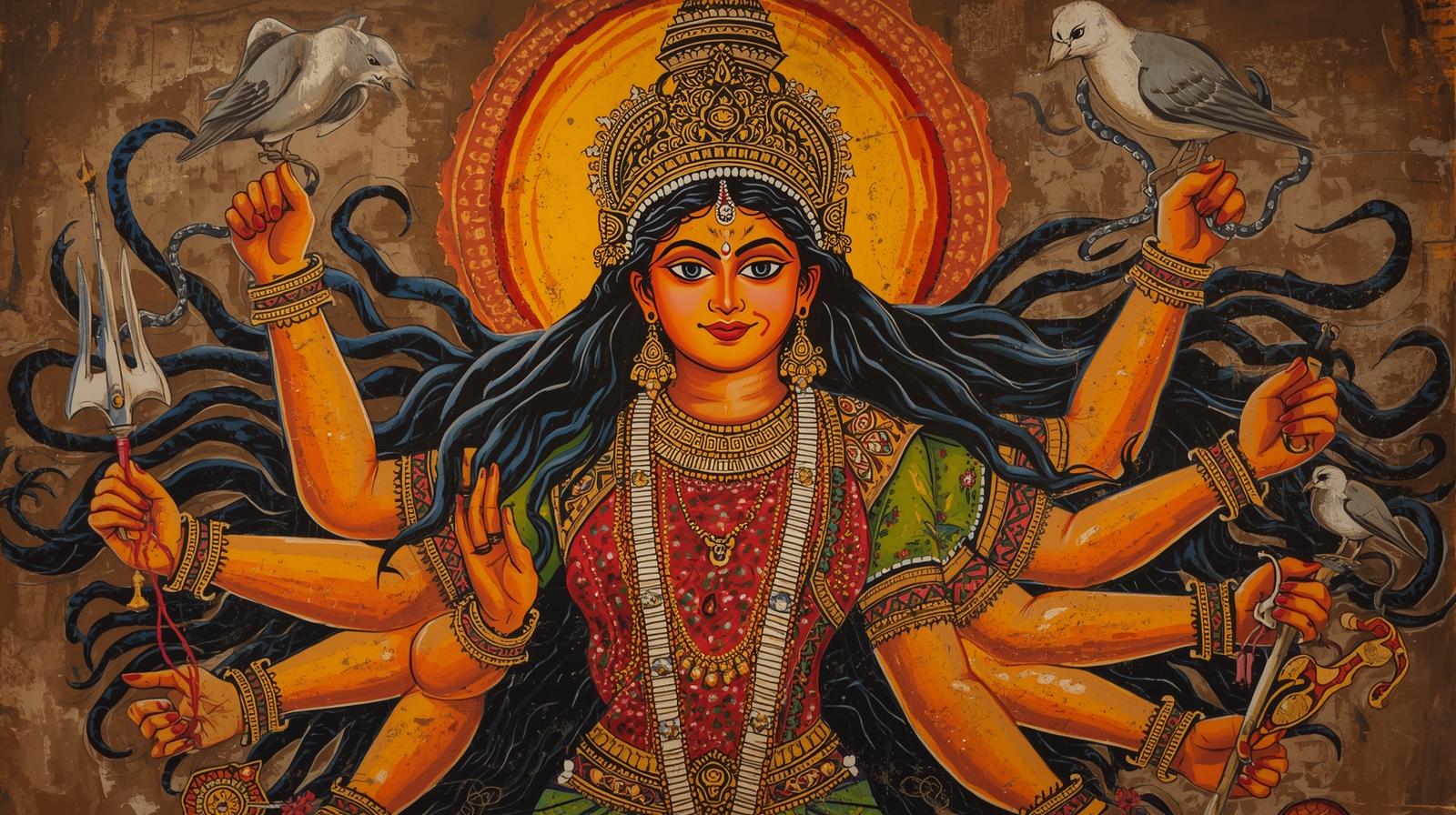


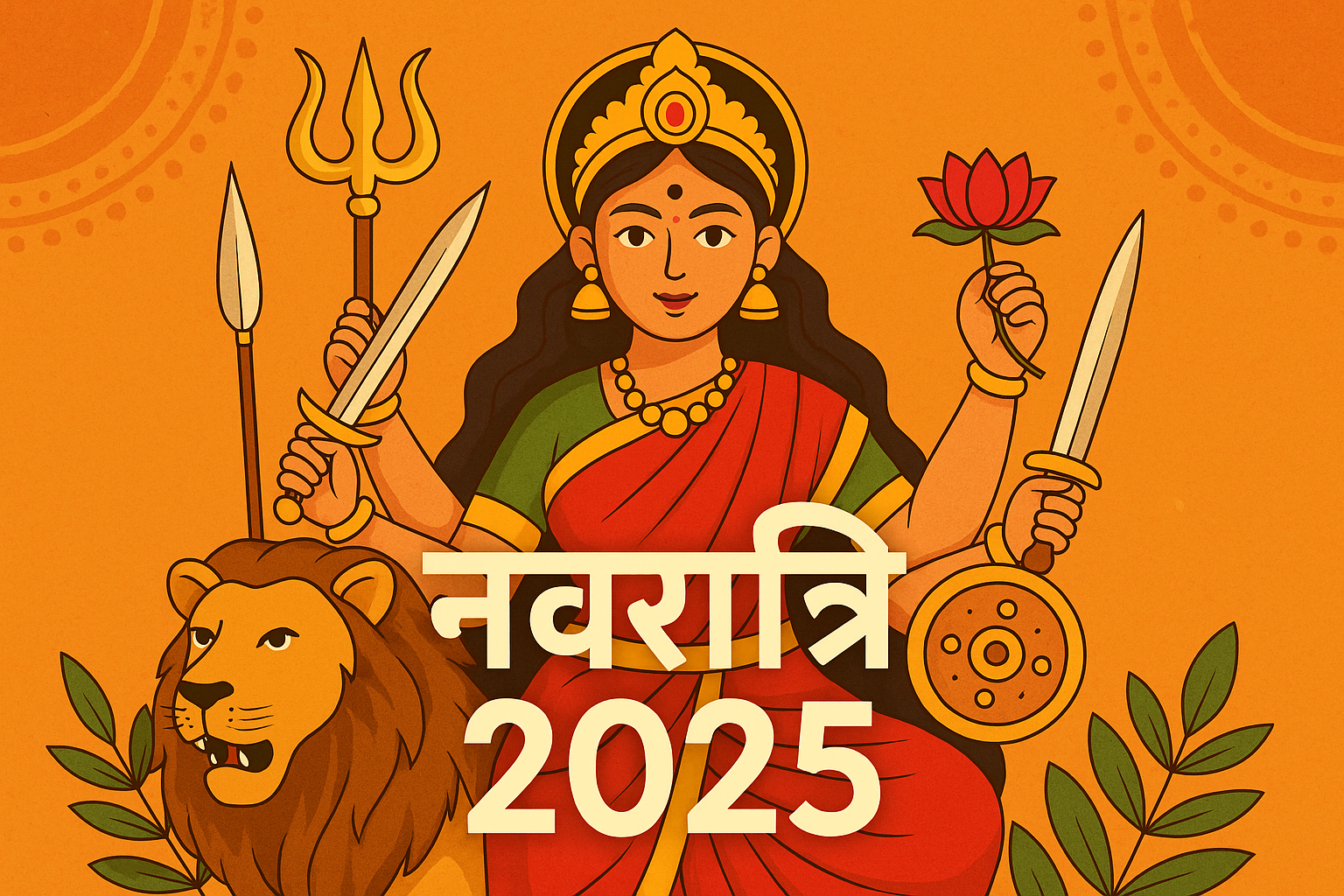

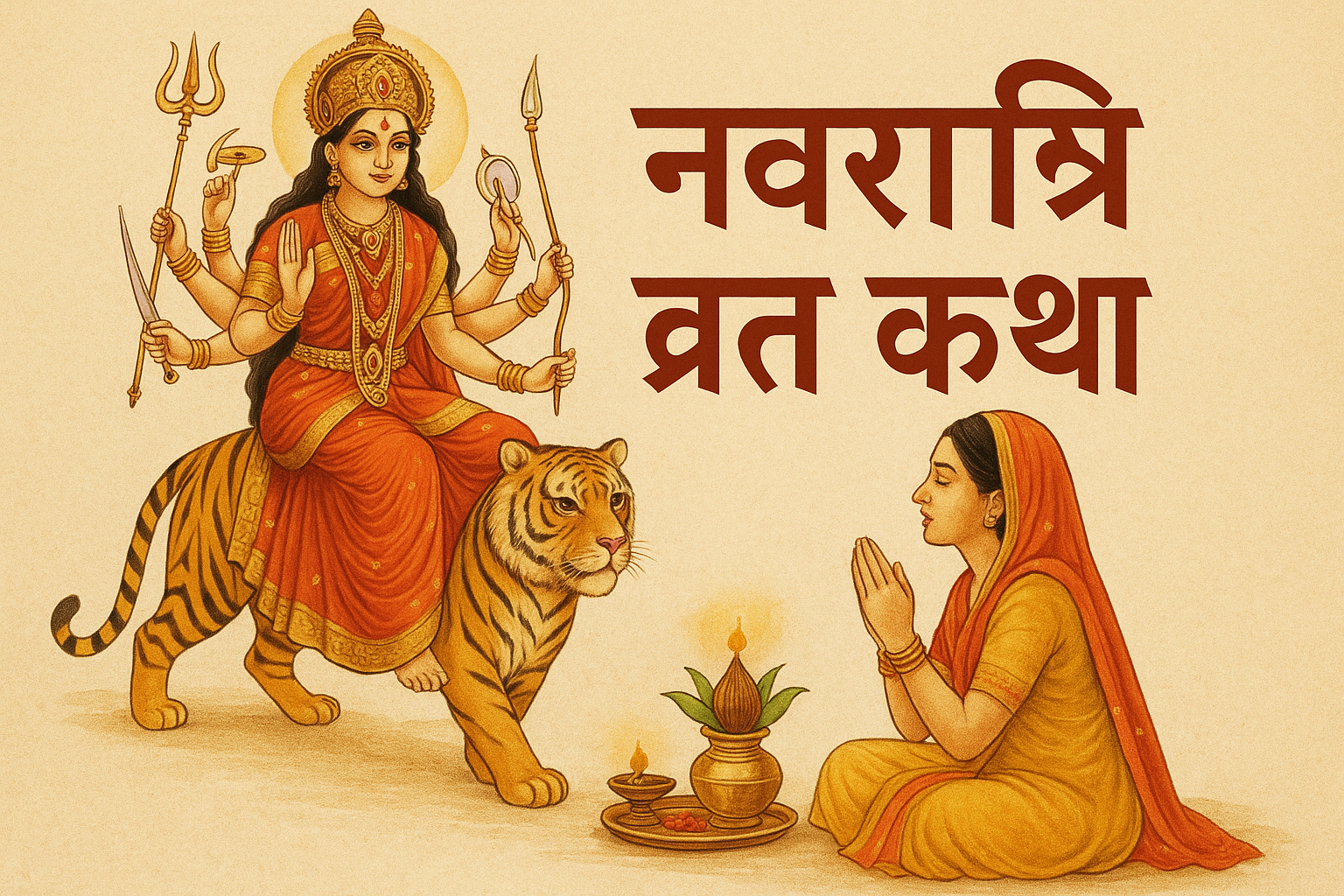
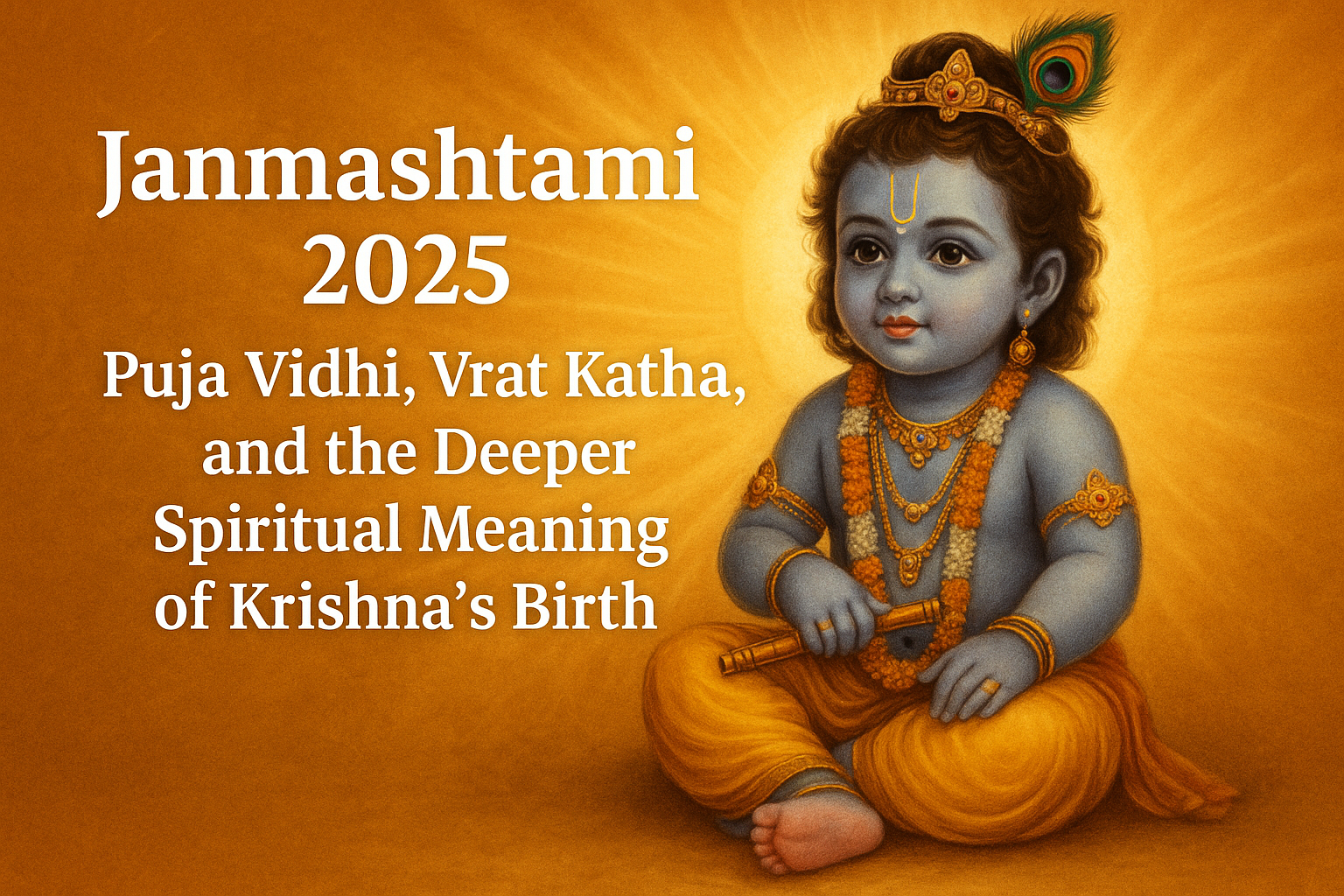
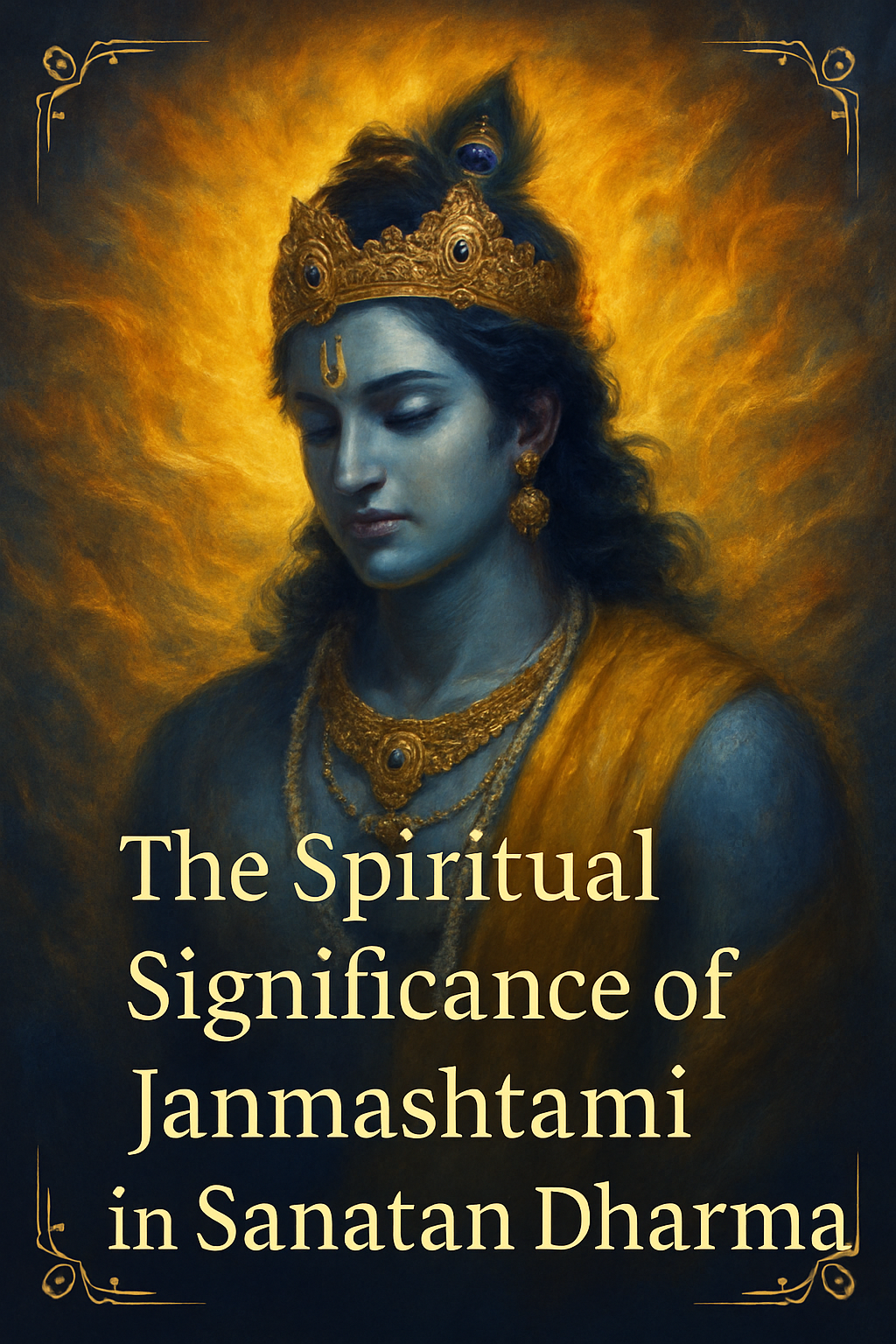
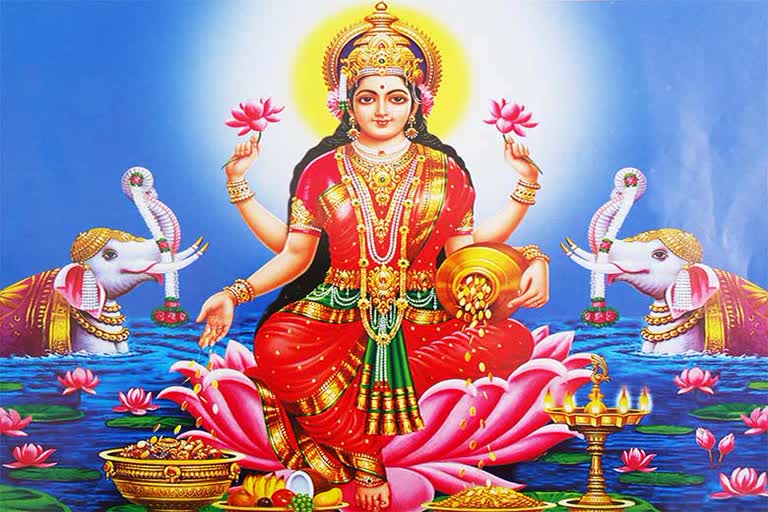




Leave a Reply